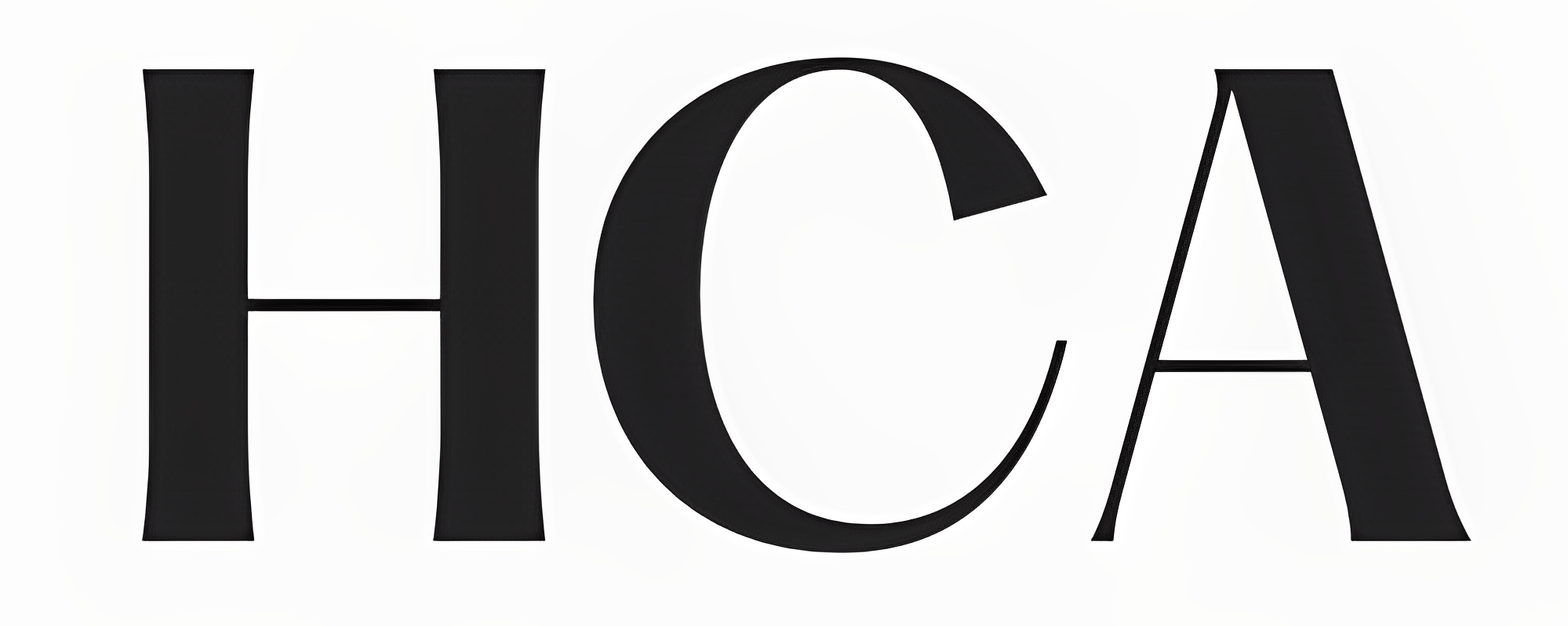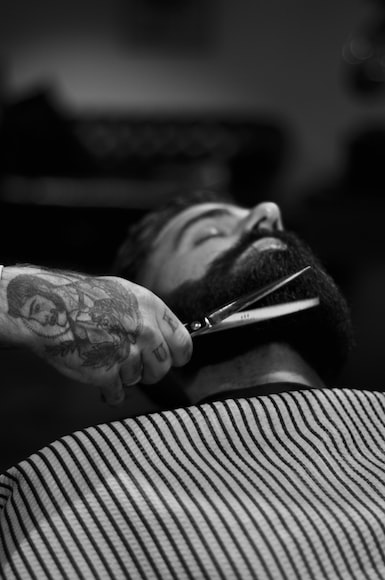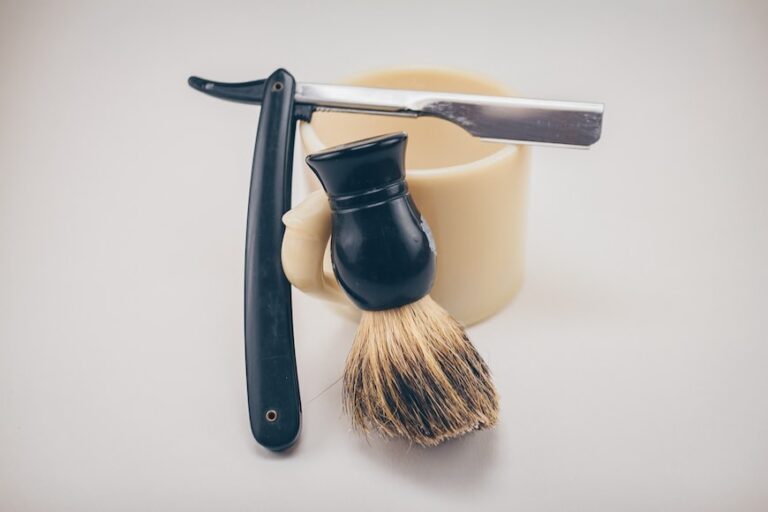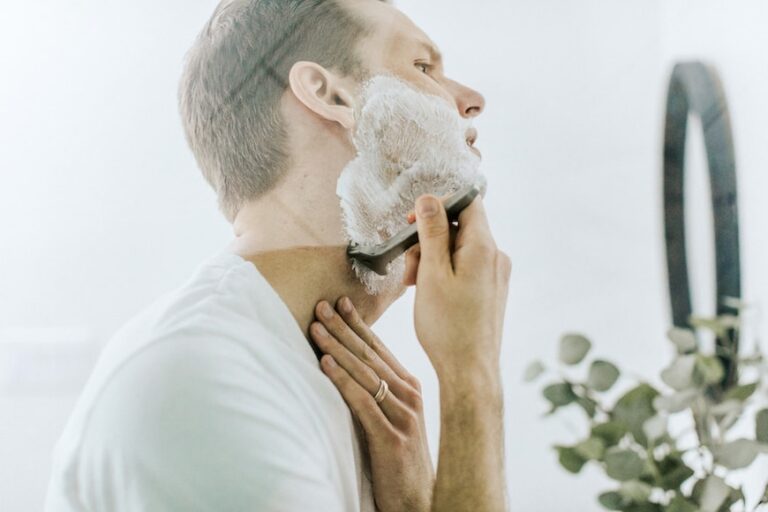What Happens If You Don’t Use Aftershave: Here’s What You Need to Know
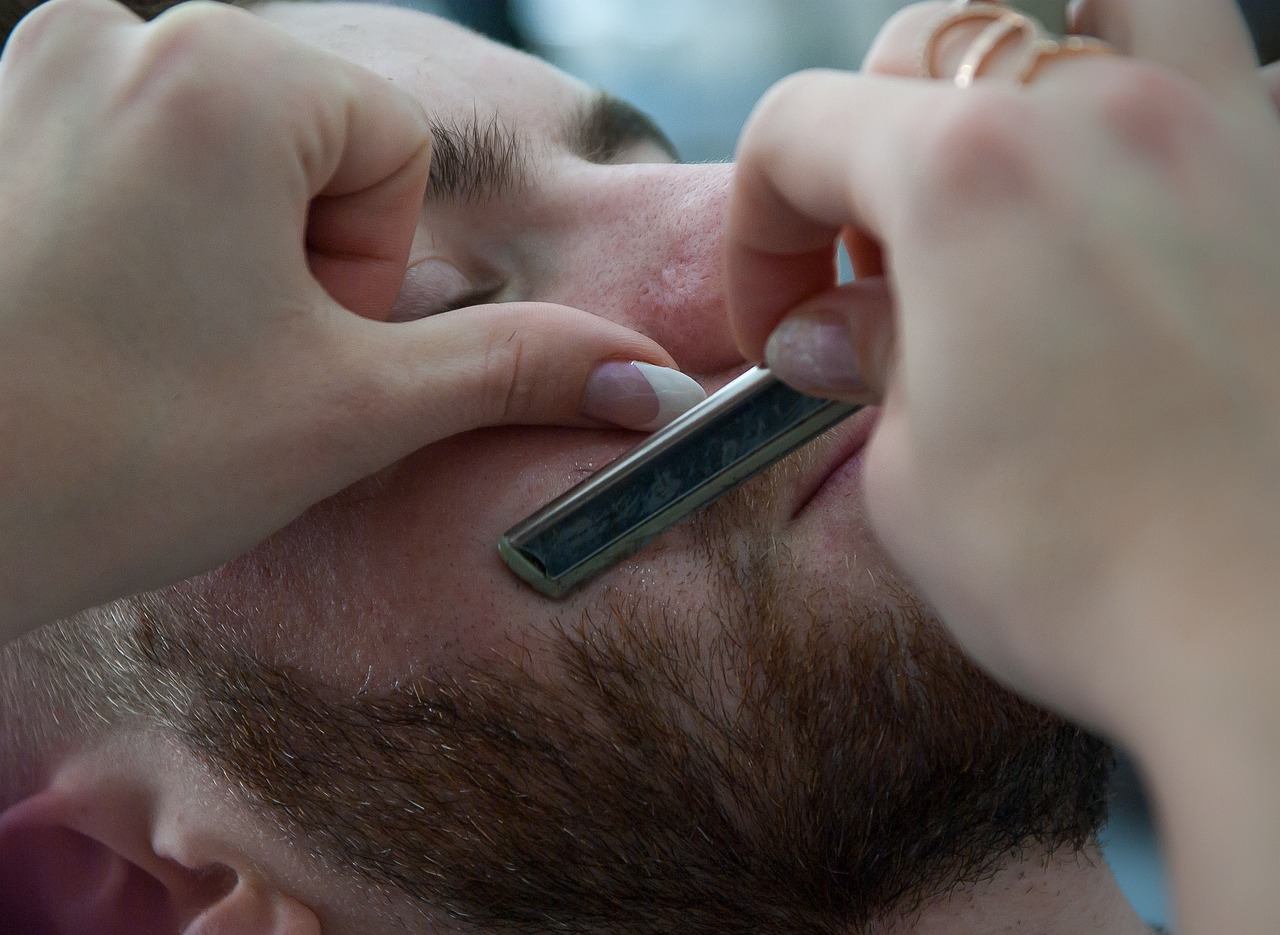
Aftershave is a popular grooming product that many people use daily. But have you ever wondered what happens if you don’t use aftershave?
In this blog post, we will explore the benefits of aftershave, whether it’s necessary to use after every shave, the consequences of not using it, and some alternatives. So, let’s dive in and satisfy your curiosity about the world of aftershave!
Aftershave and its benefits
First and foremost, aftershave serves as a soothing agent for the skin after shaving. Shaving can cause irritation, redness, and even small cuts on the skin.
Aftershave helps to reduce these issues by providing a cooling and soothing sensation. Moreover, it acts as an antiseptic, helping to prevent infections from any small nicks or cuts that may have occurred during shaving.
Furthermore, aftershaves often contain moisturizing ingredients, which can help to keep the skin hydrated and prevent dryness.
Additionally, aftershave can help to close the pores after shaving, reducing the risk of dirt and bacteria entering the skin. Lastly, aftershave can also provide a pleasant fragrance, leaving you feeling fresh and clean.
Can you have a shave without using aftershave?

Of course, you can shave without using aftershave, and many people do.
However, by not using aftershave, you might miss out on the benefits mentioned earlier, such as soothing irritation, preventing infections, and maintaining skin hydration.
Nevertheless, it’s essential to listen to your skin and decide what works best for you.
What happens if you don’t use aftershave?
Now, let’s explore the main question: what happens if you don’t use aftershave?
Firstly, you may experience increased skin irritation and redness, especially if you have sensitive skin.
As we discussed earlier, aftershave can help soothe and calm the skin after shaving, so not using it might cause discomfort.
Secondly, you may be more susceptible to infections from any cuts or nicks caused by shaving. Aftershave contains antiseptic properties that can help to prevent bacteria from entering these small wounds.
Lastly, your skin may become drier as a result of not using aftershave. Aftershave often contains moisturizing ingredients, so skipping it can lead to dry and tight skin, which can be uncomfortable and may even cause premature aging.
Alternatives to aftershave
If you prefer not to use traditional aftershave, there are several alternatives you can consider.
For instance, you can opt for an alcohol-free aftershave balm or lotion, which can still provide soothing and moisturizing benefits without the sting of alcohol.
Another option is to use a natural astringent, such as witch hazel, which can help to close pores and reduce irritation.
Aloe vera gel is also a popular alternative to aftershave, as it has soothing and anti-inflammatory properties that can help to calm the skin after shaving.
Read Also: Benefits of Using Vitamin E Oil as Aftershave
Can you use aftershave without shaving?
Interestingly, yes, you can use aftershave even if you haven’t shaved. Aftershave can provide a pleasant fragrance and may also help to soothe any existing skin irritation.
However, be mindful that aftershaves containing alcohol may cause some discomfort or stinging if applied to broken or irritated skin, so it’s best to opt for an alcohol-free alternative in these cases.
White Skin after shaving: Here’s the reason
Experiencing white skin after shaving can be a common concern for many people. This issue can manifest as patches, marks, or dry skin, which can be both uncomfortable and unsightly.
White skin after shaving can be caused by several factors, including:
- Razor burn:This is a common skin irritation that can result from shaving too closely or using a dull razor. Razor burn can cause redness, inflammation, and sometimes, white patches on the skin.
- Dry skin: Shaving can sometimes remove the skin’s natural oils, leading to dryness and flakiness, which can appear as white patches.
- Ingrown hairs: When hair grows back into the skin, it can cause inflammation, leading to the appearance of white or discolored patches.
- Skin infections: Shaving can sometimes lead to minor skin infections, causing white patches or spots.
How to get rid of it
To get rid of white skin after shaving, you can try the following remedies:
- Aloe vera: Apply pure aloe vera gel to the affected area to soothe inflammation and moisturize the skin.
- Cold compress: Apply a cold compress to the irritated area to reduce inflammation and soothe the skin.
- Exfoliation: Gently exfoliate the skin to remove dead skin cells and promote healthy skin regeneration.
- Moisturize: Use a fragrance-free, hypoallergenic moisturizer to keep your skin hydrated and reduce dryness.
- Over-the-counter creams: Creams containing hydrocortisone or salicylic acid can help reduce inflammation and treat minor skin infections.
Can shaving leave marks

Yes, shaving can sometimes leave marks on the skin, especially if done improperly or with a dull razor.
These marks can be temporary, such as razor burns or ingrown hairs, or more permanent, like scarring from cuts or nicks.
How long do shaving marks last
The duration of shaving marks depends on their cause and severity. Razor burns and minor skin irritations usually resolve within a few days to a week. Ingrown hairs can take longer to heal, potentially lasting a few weeks. Scarring from cuts or nicks can be more permanent, with some fading over time.
Do razor marks heal
Razor marks, like razor burns and ingrown hairs, typically heal on their own with proper care and hygiene. However, deep cuts or nicks that result in scarring may not fully heal, leaving behind a visible mark on the skin.
Reason why you get dry skin after shaving and how to fix it
Dry skin after shaving can be caused by the removal of natural oils from the skin during the process. To fix dry skin after shaving, follow these tips:
- Use a gentle shaving cream or gel that is specifically formulated for sensitive skin.
- Shave with the grain, not against it, to minimize irritation.
- Replace your razor blades regularly to ensure a sharp, clean shave.
- Rinse your skin with cool water after shaving to close the pores and reduce inflammation.
- Apply a moisturizer or aftershave balm to keep your skin hydrated and nourished.
White patches after shaving head
White patches after shaving the head can be caused by factors similar to those affecting the face and body, such as razor burns, dry skin, or ingrown hairs. To address white patches after shaving the head, you can try the following tips:
- Exfoliate your scalp gently before shaving to remove dead skin cells and reduce the risk of ingrown hairs.
- Use a shaving cream or gel specifically designed for the scalp or sensitive skin to minimize irritation.
- Shave with a sharp, clean razor, and avoid pressing too hard on the skin.
- Rinse your head with cool water after shaving to soothe the skin and close the pores.
- Apply a fragrance-free, hypoallergenic moisturizer or aftershave balm to your scalp to keep it hydrated and nourished.
Why Use Ice Cubes After Shaving? (Benefits)
Using ice cubes after shaving offers several benefits, including:
- Soothing the skin: Applying ice to your skin after shaving can help reduce inflammation and irritation, providing a calming effect.
- Closing the pores: Ice can help tighten and close your pores, preventing dirt and bacteria from entering and causing breakouts or infections.
- Reducing redness: The cooling effect of ice can help diminish redness caused by shaving, leaving your skin looking healthier.
- Alleviating razor burn: The cold sensation of ice can help alleviate the pain and itchiness associated with razor burn.
Is Cold Water Good After Shaving?

Cold water is beneficial after shaving because it helps to soothe the skin, reduce inflammation, and close the pores. Rinsing your face with cold water after shaving can make your skin feel refreshed and clean, and is an easy addition to your post-shave routine.
Does Ice Help with Razor Burn?
Ice can be an effective remedy for razor burn because its cooling effect can alleviate the discomfort caused by the condition.
Applying ice directly to the affected area can help reduce pain, itching, and inflammation associated with razor burn.
However, ice should be used with caution, as prolonged exposure to extreme cold can damage your skin. Wrap the ice in a clean cloth or use an ice pack to avoid direct contact with your skin.
Why Do Barbers Use Black Ice to Run on Face?
Black Ice is a specific brand of mentholated aftershave lotion or gel that provides a cooling sensation when applied to the skin.
Barbers use Black Ice because it helps soothe the skin after shaving, reduces inflammation, and leaves clients feeling refreshed.
The menthol in Black Ice produces a cooling effect, which can be particularly beneficial for those with sensitive skin or prone to razor burn.
Cold Towel After Shaving
Using a cold towel after shaving is another effective method for soothing your skin and providing a refreshing sensation.
A cold towel can help reduce inflammation, close pores, and alleviate any discomfort caused by shaving.
To use a cold towel, simply soak a clean towel in cold water, wring it out, and apply it to your face for a few minutes.
Incorporating ice cubes or cold water into your post-shave routine can help improve the overall shaving experience, making it feel amazing and soothing.
An alum block is another useful addition to your post-shave routine. Alum blocks are natural astringents that help tighten the skin, close pores, and reduce irritation. Simply wet the alum block and gently rub it over your freshly shaved skin for an extra layer of protection and comfort.

Can you put aftershave all over face?
While it’s not necessary to apply aftershave all over your face, you can do so if you wish.
However, be cautious and avoid applying it to sensitive areas, such as around the eyes or on broken skin.
Aftershave is primarily designed to soothe and protect freshly shaved skin, so focus on those areas for the most significant benefits.
Do you wash off aftershave?
Aftershave is intended to be left on the skin and absorbed, so there is no need to wash it off.
Washing off aftershave would counteract its benefits, such as soothing the skin and providing a pleasant scent.
How long should you wait before washing aftershave?
As mentioned earlier, you should not wash off aftershave as it’s meant to be absorbed by the skin.
However, if you need to rinse your face for any reason after applying aftershave, it’s best to wait at least 30 minutes to an hour to allow the product to be absorbed and provide its full benefits.
Do you wash aftershave balm off?
Aftershave balms, like other types of aftershave, should not be washed off.
Aftershave balms are designed to provide extra moisture and nourishment to the skin, and washing them off would negate these benefits.
Does aftershave dry face out?
Some aftershaves, particularly those with a high alcohol content, can potentially dry out the skin.
However, many aftershave products contain moisturizing and nourishing ingredients, such as aloe vera and glycerin, which can help prevent skin dryness.
If you have dry or sensitive skin, opt for an alcohol-free aftershave balm or lotion to minimize the risk of irritation and dryness.
Is aftershave bad for face?
Aftershave is generally not bad for the face when used correctly and in moderation. However, some individuals may be sensitive to certain ingredients or fragrances found in aftershave products.
f you experience irritation or other adverse reactions, discontinue the use of that particular aftershave and consider trying a different product with gentler ingredients.
Also, ensure that you are using the appropriate amount of aftershave and applying it correctly to prevent any issues.
Conclusion
In conclusion, while it’s not mandatory to use aftershave after every shave, it does offer several benefits, such as soothing irritation, preventing infections, and maintaining skin hydration.
If you decide not to use aftershave, be aware of the potential consequences, such as increased irritation, infection risk, and dry skin.
However, there are alternative products available, such as aftershave balms, witch hazel, or aloe vera gel, which can still provide some of the benefits without using traditional aftershave.
Ultimately, it’s essential to listen to your skin and choose the products that work best for you and your grooming routine.
